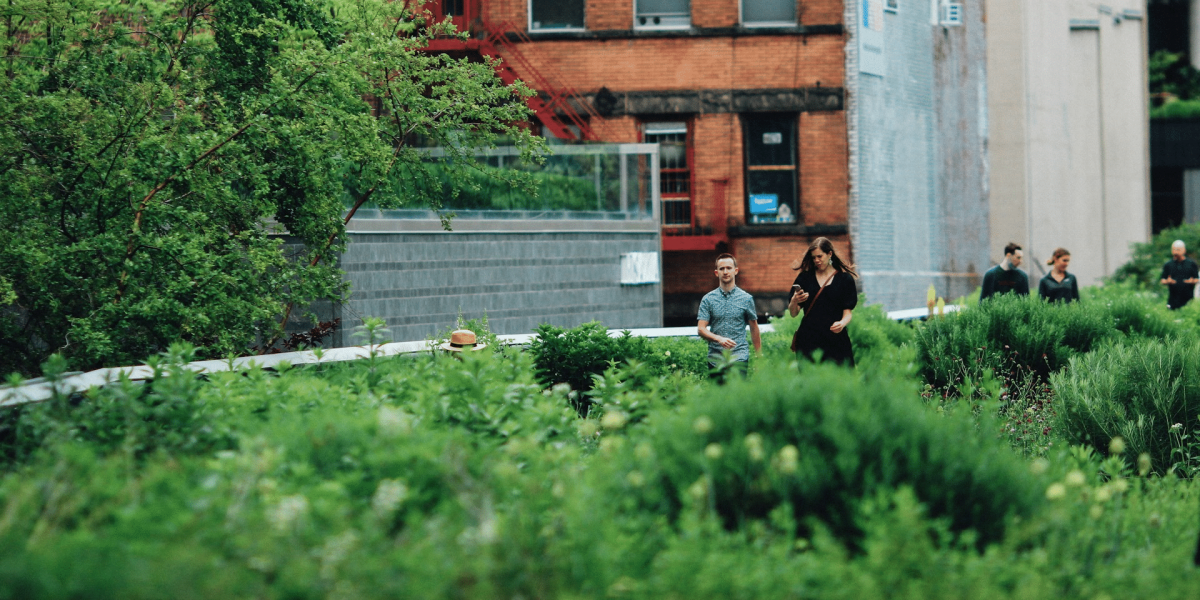In the heart of bustling metropolises like New York City, where skyscrapers dominate the skyline, a green revolution is quietly taking root. The desire to bring nature into urban spaces has given rise to a burgeoning interest in urban gardening services. Entrepreneurs are tapping into this demand, offering innovative solutions to city dwellers yearning for a connection with nature within the confines of their homes.
Seeding the Idea: Urban Gardening Services Take Root
Amidst the towering structures of steel and glass, a yearning for greenery has sprouted in the hearts of city residents. Urban gardening services have emerged as a beacon for those seeking a piece of nature in their homes. Whether it’s the charm of rooftop gardens, the simplicity of balcony planters, or the tranquility of indoor greenery, these services are cultivating a new way of living in urban landscapes.
Rooftop Gardens: Elevating Urban Living
The concept of rooftop gardens is gaining momentum as city dwellers discover the untapped potential of their urban spaces. Urban gardening services specialize in transforming these often-neglected areas into lush green havens. From creating vegetable patches to designing ornamental landscapes, rooftop gardens not only add aesthetic value but also contribute to sustainable living in the heart of the city.
Balcony Planters: Greening Compact Spaces
For those with limited outdoor space, balcony planters provide a solution that is both practical and visually pleasing. Urban gardening services offer expertise in maximizing the potential of compact balconies. Whether it’s cultivating a herb garden, flowering plants, or even vertical gardens, these planters turn small balconies into vibrant green retreats.
Indoor Greenery Solutions: Bringing Nature Inside
Recognizing the constraints of urban living, many urban gardening services extend their offerings to indoor greenery solutions. From potted plants to innovative vertical gardens that adorn interior walls, these services cater to the desire for a touch of nature within the confines of apartments and homes. The benefits of indoor plants, including improved air quality and enhanced well-being, make this an increasingly popular choice among urban residents.
Contrarian Statement: Challenges in the Concrete Jungle
While the idea of urban gardening services is blooming, entrepreneurs face challenges amidst the concrete jungle. Limited space, stringent building regulations, and the need for specialized knowledge in urban horticulture pose hurdles. However, with creativity and a strategic approach, these challenges can be turned into opportunities, making urban gardening services a sustainable venture.
Nurturing Nature in the City
In the heart of urban chaos, the rise of urban gardening services signifies a collective yearning for a greener, more sustainable lifestyle. The benefits go beyond mere aesthetics, reaching into the realms of environmental consciousness and personal well-being.
Fostering a Connection with Nature
Urban gardening services play a pivotal role in fostering a connection with nature in a world dominated by concrete and steel. The sight of greenery amidst skyscrapers becomes a therapeutic escape, providing residents with a sanctuary that balances the demands of urban living.
Contributing to Sustainable Urban Living
Beyond the personal benefits, these services contribute to the broader goal of sustainable urban living. Rooftop gardens and balcony planters act as miniature ecosystems, absorbing carbon dioxide, reducing heat island effects, and promoting biodiversity. In this way, urban gardening becomes a microcosm of environmental stewardship in the heart of the city.
Nurturing Green Dreams Amidst Urban Chaos
In conclusion, the surge in urban gardening services reflects a deep-seated need for nature’s presence in the urban landscape. Entrepreneurs venturing into this field are not only cultivating plants but also nurturing dreams of a greener, more balanced urban life. As skyscrapers continue to reach for the sky, these green initiatives root themselves firmly, proving that even in the midst of concrete, a touch of nature can thrive and flourish.



















